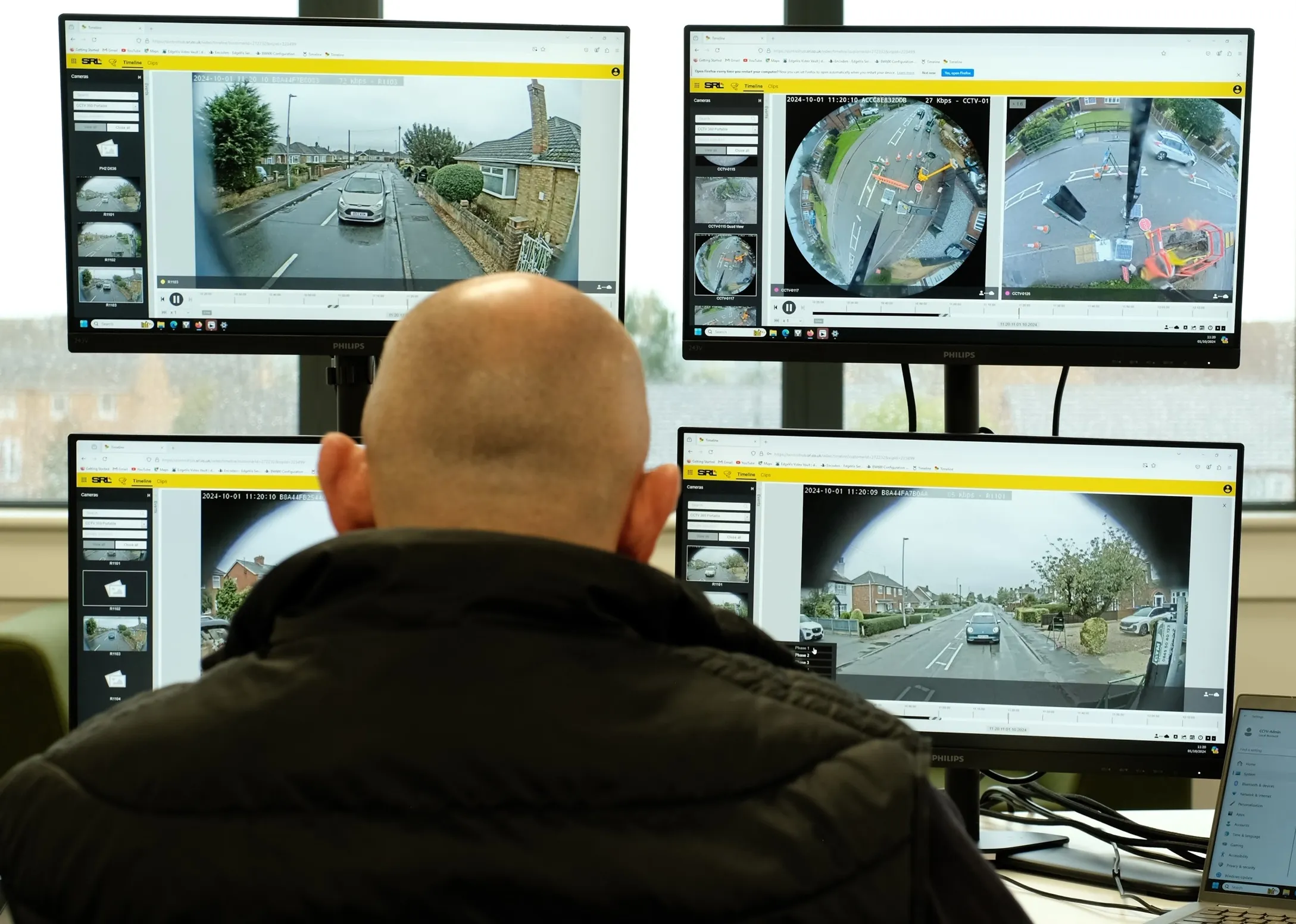Austrian companies Rotek and Frequentis have completed the deployment of Global System for Mobile Communications – Railway (GSM-R) standard dispatch communication equipment for the Moscow Ring Railway (MRR) on behalf of JSC Russian Railways.
Based on Frequentis IP voice communication technology, Rotek upgraded the current system and connected it to the infrastructure and terminals of the MRR.
GSM-R functionality supports further planned rail extensions including additional Russian Railway lines as we
September 23, 2016
Read time: 1 min
Austrian companies Rotek and Frequentis have completed the deployment of Global System for Mobile Communications – Railway (GSM-R) standard dispatch communication equipment for the Moscow Ring Railway (MRR) on behalf of JSC Russian Railways.
Based on Frequentis IP voice communication technology, Rotek upgraded the current system and connected it to the infrastructure and terminals of the MRR.
GSM-R functionality supports further planned rail extensions including additional Russian Railway lines as well as the implementation of new features in the future.
Rotek also supplied more than 700 GSM-R portable stations and 1,200 specifically designed SIM-cards for use in portable and train radio stations, which are installed in MRR’s high-speed trains.
Based on Frequentis IP voice communication technology, Rotek upgraded the current system and connected it to the infrastructure and terminals of the MRR.
GSM-R functionality supports further planned rail extensions including additional Russian Railway lines as well as the implementation of new features in the future.
Rotek also supplied more than 700 GSM-R portable stations and 1,200 specifically designed SIM-cards for use in portable and train radio stations, which are installed in MRR’s high-speed trains.









